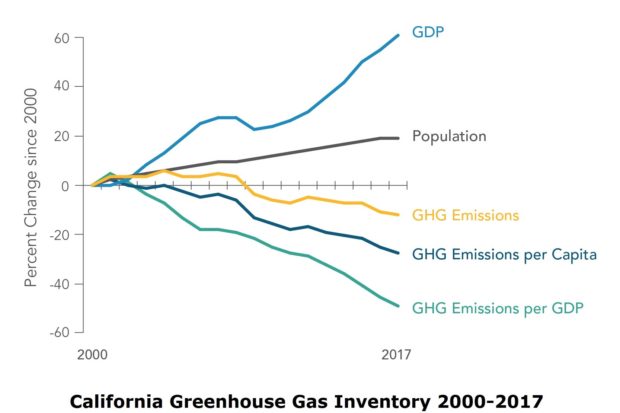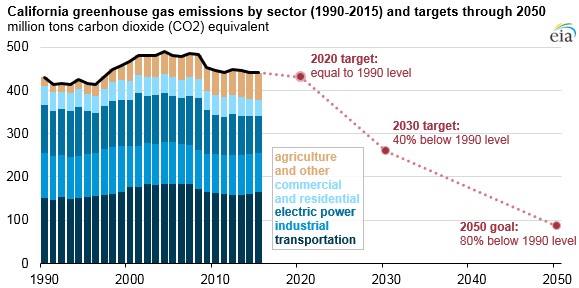
By Tom Frantz
There is overwhelming scientific consensus on global warming. Since the Industrial Revolution, our planet has warmed about one degree Celsius. We already have witnessed significant negative changes to our ecosystems including the melting Arctic, degraded tropical rain forests and warming of the world’s oceans.
We can only allow another half degree of warming. More warming than that will precipitate a dramatic collapse of the current level of human life due to severe droughts and catastrophic storms. This additional half degree of warming is imminent. There is already too much carbon dioxide in the atmosphere to prevent it.
Somewhere between 2030 and 2050, the temperature limit will be reached. Our only hope is to avoid further warming beyond this tipping point.
Consequently, the entire world must quickly adopt goals and establish pathways that take us to zero carbon emissions by 2050 and negative emissions from 2050 to 2100. This is all within the lifetime of children born today.
California currently has a goal of 80% reductions in total greenhouse gas (GHG) emissions by 2050. It is not strong enough but is a more progressive goal than most other states and countries at this time.
How is California doing? The two accompanying graphs show that GHG emissions have been reduced slightly since 2000 while the economy, in terms of GDP, has grown. California proudly claims to have decoupled economic growth from carbon emissions. A big question remains about whether we can have continued growth and reach the zero carbon standard.

It is clear from the second graph that the rate of reducing our emissions to zero must be greatly increased over the past dozen years of mediocre reductions from mostly efficiency measures and the fact that other states are selling us a lot of renewable energy. We are not nearly on the steep downward trend that is absolutely necessary.
Technologically speaking, there is no reason we cannot get the needed reductions in total worldwide emissions by 2050 at current levels of production. But economic questions remain. Can current models of economic growth continue with zero carbon mandates? More realistically, can human life be improved, around the globe, with a zero carbon economy?
Our planet is in a delicate balance between all forms of life, and we have a set of finite resources to work with. Physical limits to growth seem logical. Solar energy is abundant, but harnessing enough of it to meet current needs with zero carbon technology will be expensive. And there are limits to raw materials and energy to build new forms of energy on the massive scale needed.
It seems we will definitely have to consider new economic systems to make possible the transition to a zero carbon future and a stable planet.
A recent paper in openDemocracy titled “Growing Pain: The Delusion of Boundless Economic Growth,” discusses the limits to growth in our future world.
The discussion centers on two future scenarios. The first is unlimited sustainable growth into the indefinite future where new technologies will absolutely decouple carbon emissions from today’s economy. The second is degrowth, where growth is limited with a reorientation of economic purpose toward more equitable prosperity and well-being.
The problem with the unlimited growth scenario is that we do not have all the technologies needed right now, and it might be too late in terms of warming before they are developed. Also, recent economic growth has been heavily skewed toward the rich so how does the rest of the world ever catch up in a just and fair future?
Degrowth, on the other hand, recognizes that a radical change must take place in our unsustainable modes of both consumption and production.
The paper argues that degrowth can enable “a society focused on providing things that make life worth living, beyond new consumer goods. More time with your family, more creative work, a more equitable distribution of income.”
The choices posed by the authors are as follows:
- Do we bet on the current model of continued growth on a finite planet where all current and new economic activity is totally separated from GHGs through new, but undeveloped, technology?
- Or, do we reorder our economic system and goals to provide for both a zero carbon future and the prosperity and well-being of all people?
We can have a good and meaningful life on this planet without a continual flow of new consumer goods. More time to spend with people socially, more time for creative work and a better distribution of income are all worthy goals for society. It will take a lot of work to build consensus on how to best accomplish this.
But, in conclusion, change is certainly necessary. There seem to be two paths we need to choose from now because time has run out. The question is which of these economic futures can we successfully accomplish over the next 30 years with the highest degree of certainty and the least degree of risk? We cannot afford to make the wrong choice.
*****
Longtime clean air advocate Tom Frantz is a retired math teacher and Kern County almond farmer. A founding member of the Central Valley Air Quality Coalition (CVAQ), he serves on its steering committee and as president of the Association of Irritated Residents. The CVAQ is a partnership of more than 70 community, medical, public health and environmental justice organizations representing thousands of residents in the San Joaquin Valley unified in their commitment to improving the health of Californians. For more information, visit www.calcleanair.org.
